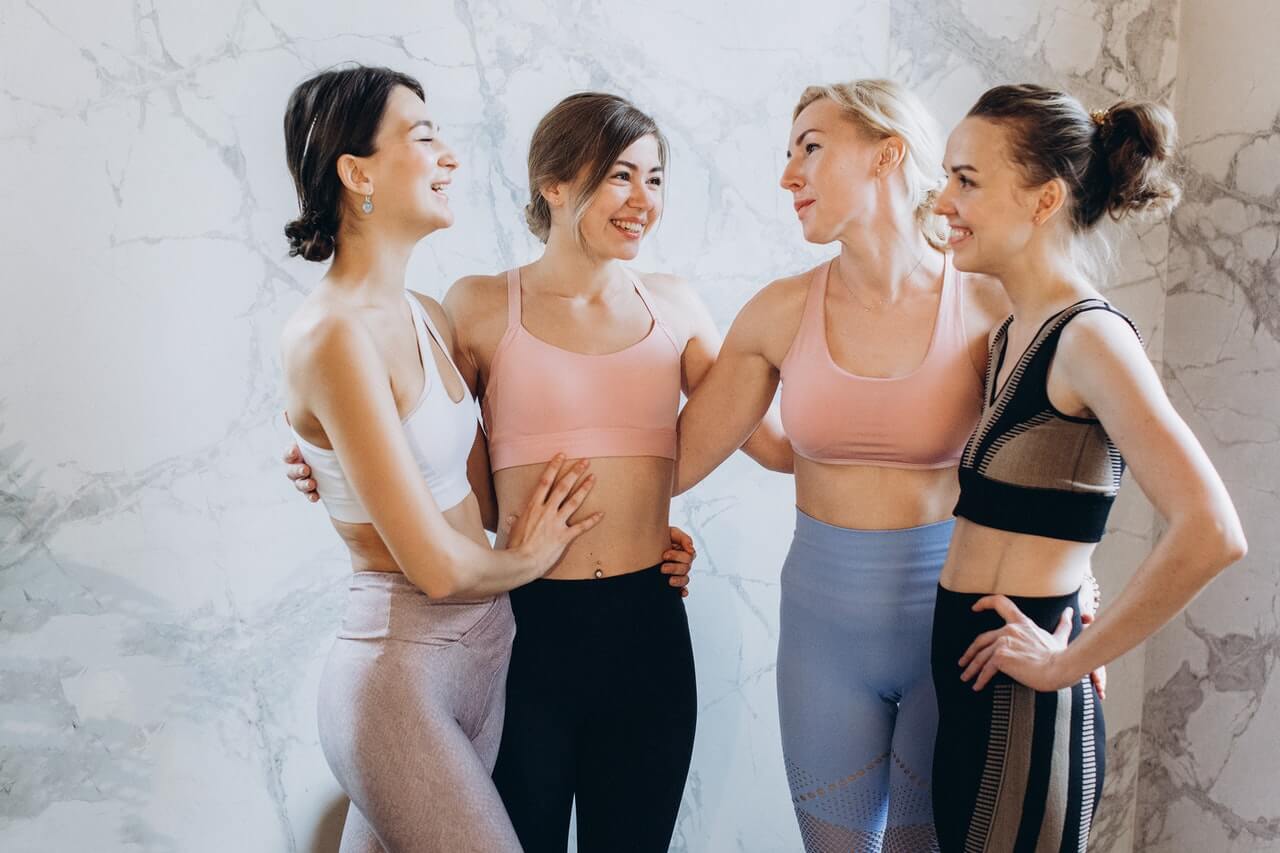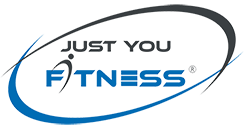
Healthy For Life: Women’s Fitness Goals For Every Decade
Fitness For Life
March is Women’s History Month, so we want to dedicate this post specifically to womens’ fitness. No matter what your age is, exercise and fitness should be part of your daily routine. “Staying fit reduces the risk factors of heart disease,” says Jennifer H. Mieres, director of nuclear cardiology and an assistant professor at New York University School of Medicine. “By exercising regularly, you can also control cholesterol, weight, blood pressure, and stress.”
Fitness can become a lifetime habit if you develop good exercise habits when you are young. However, it’s never too late to start. While maintaining your fitness is important at any age, the goals and focus for your exercise may shift with each different stage of life.
Fitness In Your 20s
Goal: Develop healthy habits to lower your risk for cardiovascular disease later in life.
These young adult years are the time to be laying the foundation for your future, physically, personally, and professionally. You may be finishing a degree, establishing a career, or evolving deep personal relationships. Most twenty-something year olds may not be super concerned about their long-term health. Some may feel they can eat whatever they want and avoid exercise, yet not gain much weight. But it is still important to eat well and exercise regularly.
At this age, you’re laying the foundation for the future in terms of muscle strength, bone density, and cardiovascular health. The Coronary Artery Risk Development in Young Adults (CARDIA) study found that participants who had high physical-activity scores combined with other positive health behaviors, such as no to moderate alcohol consumption, a healthy diet and never smoking, had significantly lower cardiovascular disease risk profiles by middle age.
Research suggests getting in at least 30 minutes of vigorous exercise a day. Women in their 20s can work out up to 6 days a week, split between cardiovascular training and weight training.
Fitness In Your 30s
Goal: Focus on consistent and time-effective physical activity to promote bone health.
When you hit your 30s, you may find it harder to find time to exercise. You may have increasing job and family responsibilities. If you have children, pregnancy and childbirth have left you with weaker abs and pesky “baby weight” you can’t seem to get rid of. By focusing on time-efficient core-exercises, you can build your abdominal strength.
It is also important to focus on physical activities that promote bone health. Bone mass peaks around age 30, and at this time, bone resorption (the process of bone demineralization) begins to surpass new bone formation. Over time, this leads to bone loss, and possibly osteoporosis. Osteoporosis is a bone disease that occurs when the body loses too much bone or makes too little bone. While osteoporosis is not typically diagnosed until one’s 50s or 60s, bone loss and disease progression can start much earlier.
This is why women in their 30s should focus on workouts that build and maintain healthy bones. Resistance-training with heavier weights, as well as weight-bearing activities such as stair climbing will help you build stronger bones. Increase the load and intensity of your workouts over time to continue to improve your bone health and muscular fitness.
Fitness In Your 40s
Goal: Avoid muscle loss by performing resistance-training exercise.
In your 40s, your metabolism begins to slow down and your muscle mass starts to decline. Decreased muscle mass can lead to unwanted weight gain and muscle imbalances associated with lower back pain and other musculoskeletal anomalies.
Decreased muscle mass can reduce functional capacity, lead to unwanted weight gain and often precipitates muscle imbalances associated with lower-back pain and other musculoskeletal anomalies. Weight training becomes even more important in the fight to prevent muscle loss. A study found no significant decrease in strength of muscle mass in recreational athletes between the ages of 40 and 80 years who trained 4-5 days per week. This demonstrates that losses in muscle mass have less to do with aging and more to do with lack of use. All the more reason to stick to a consistent resistance-training exercise through your 40s!
Fitness in Your 50s
Goal: Exercise to maintain optimal health through menopause.
Cardiovascular disease is the leading cause of death and disability for both men and women in the United States. However, the risk for developing heart disease and having a heart attack dramatically increases in women after menopause. Menopause usually surfaces in women in their 50s, and symptoms often include weight changes, insomnia, high blood pressure, hot flashes, and stress.
Many women tend to drop their activity levels upon entering menopause, but maintaining an active lifestyle is key to keeping optimal health during this stage of life and beyond. Research has shown that exercise, such as walking and yoga, provides protection from cardiovascular disease and eases menopause-related symptoms.
Fitness In Your 60s
Goal: Keep moving to prevent falls and live longer.
Research has found that those who exercise in their 60s–even as little as once a week–tend to live longer than those who don’t exercise at all. So keep up with your cardiovascular exercises, while emphasizing strength training and core exercises to increase your stability.
As you get older, you should avoid falls and the risk of bone fractures. Each year, one out of four people over the age of 65 experience a fall. Statistically, women fall more often than men. As we age, we lose some function in the systems that help us maintain balance. On top of that, our reaction time slows, making it harder to catch ourselves and prevent a fall if we trip. Balance training for people over the age of 65 can help reduce the risk of falls. Yoga and tai chi are also good options to improve your flexibility and balance.
Fitness in Your 70s, 80s and Beyond
Goal: Keep moving!
Exercise can help slow and lessen the decline in functional capacity for people in their 70s and 80s. Most people begin to reach the disability threshold, the point where they start to have trouble with daily activities like bathing or dressing themselves, as they approach their late 70s and early 80s. However, maintaining an active lifestyle can delay the onset. Exercises that incorporate movements that mimic the activities of daily living should be a priority during this stage of life.
Keep moving as much as you can. Exercise for 30 minutes a day, 5 days a week if possible, and continue to include cardiovascular, strength training, and flexibility exercises in your routine. Walking, swimming, tai chi and yoga are good choices for women in their 70s, as long as your body and doctor allows for such movements. However, be mindful about your balance to avoid the risk of falling.

